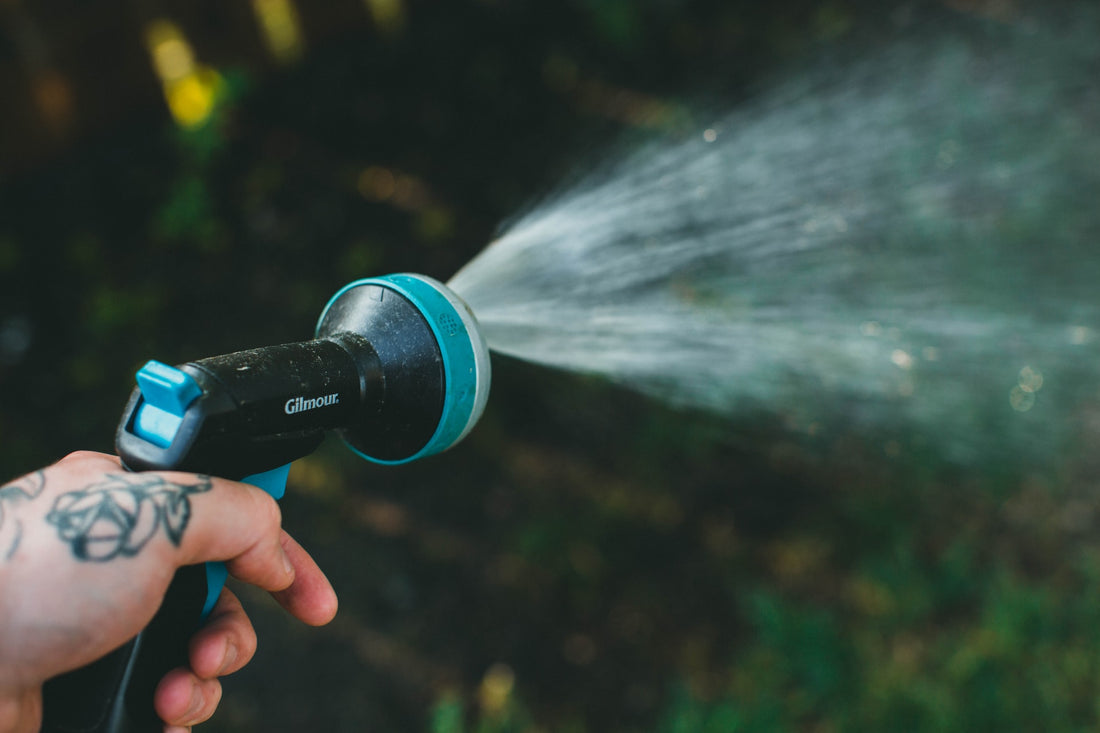Types of Irrigation Systems
Soaker Hoses – Special porous hoses connect to a water source, and water leaks out slowly along the entire length. They are laid directly on the ground and can be covered in mulch. These are great for deep watering needs.Drip Irrigation – Drip emitters are attached to a feeder hose, and water comes out slow and steady. This system allows pinpointing of water directly where it is needed. A type of hose called trickle tape is also available for this system. Trickle tape has the drip emitters built into the hosing.
Sprinkler System – Water spray heads are set up on the ground or overhead. Water is dispersed widely above the plants, and the system can cover a large area. The spray heads can turn a full circle or rotate to suit the garden.
Rotor System – The spray heads send water out in a long stream on a rotating swivel. Water is dispersed widely and can cover a large area.
Which Irrigation System Is Best For Me?
A lot depends on your garden or lawn space. Soaker hoses and drip irrigation, because they sit right on the soil, are excellent for vegetable gardens because they deliver the water directly to the roots. The hoses can be arranged to soak or drip water at the roots. Both these systems are easy to add to and move around.Since soaker hoses distribute water from the length of the hose, it is difficult to tailor to the specific needs of a plant. Drip irrigation emitters are more accurate. Between the two, drip irrigation uses less water and is the most efficient of all the irrigation options.
Sprinkler and rotor systems are best for lawns, large flower beds, or vast gardens. The water is distributed indiscriminately and in large amounts. There is often a lot of water waste with these systems due to it landing on foliage instead of the soil. It is difficult to concentrate on any one plants' need with these systems. Also, once the soil is wet, it can become over-saturated quickly, and water run-off becomes a problem. Water is wasted easily with these systems.
For container gardens, drip irrigation works excellent as the emitters can be set up in the pots. Vertical gardens and other uncommon garden set-ups also benefit from drip irrigation systems. For some, a gravity-fed drip system may be necessary.
How Often Do I Need To Water?
This is highly variable and dependent on the climate, weather, soil type, and the plants growing. And, of course, which irrigation system is being used. Vegetable and flower gardens generally need watering every evening during the summer in moderate climates. Rainy days eliminate this need. Droughts increase demand.Water Conservation
Drip irrigation systems use the least amount of water and allow targeting. Soaker hoses are a close second. Sprinkler and rotor systems use and waste the most water.Installing a timer for the irrigation system so it will turn on and off on its own goes a long way in saving water. It is easy to forget hoses are on and leave them running much longer than needed. Timers also take a lot of hassle out of gardening.
Apply mulch on top of the hoses and around the plants to conserve more water. Mulch stops water from evaporating off the soil surface as quickly and keeps the soil wetter and cooler.
Collecting rainwater and using gray water are great ways to reduce water use, as well. Both are fine for plants, and using these sources will assist in reducing the water bill and conserving clean water supplies.



